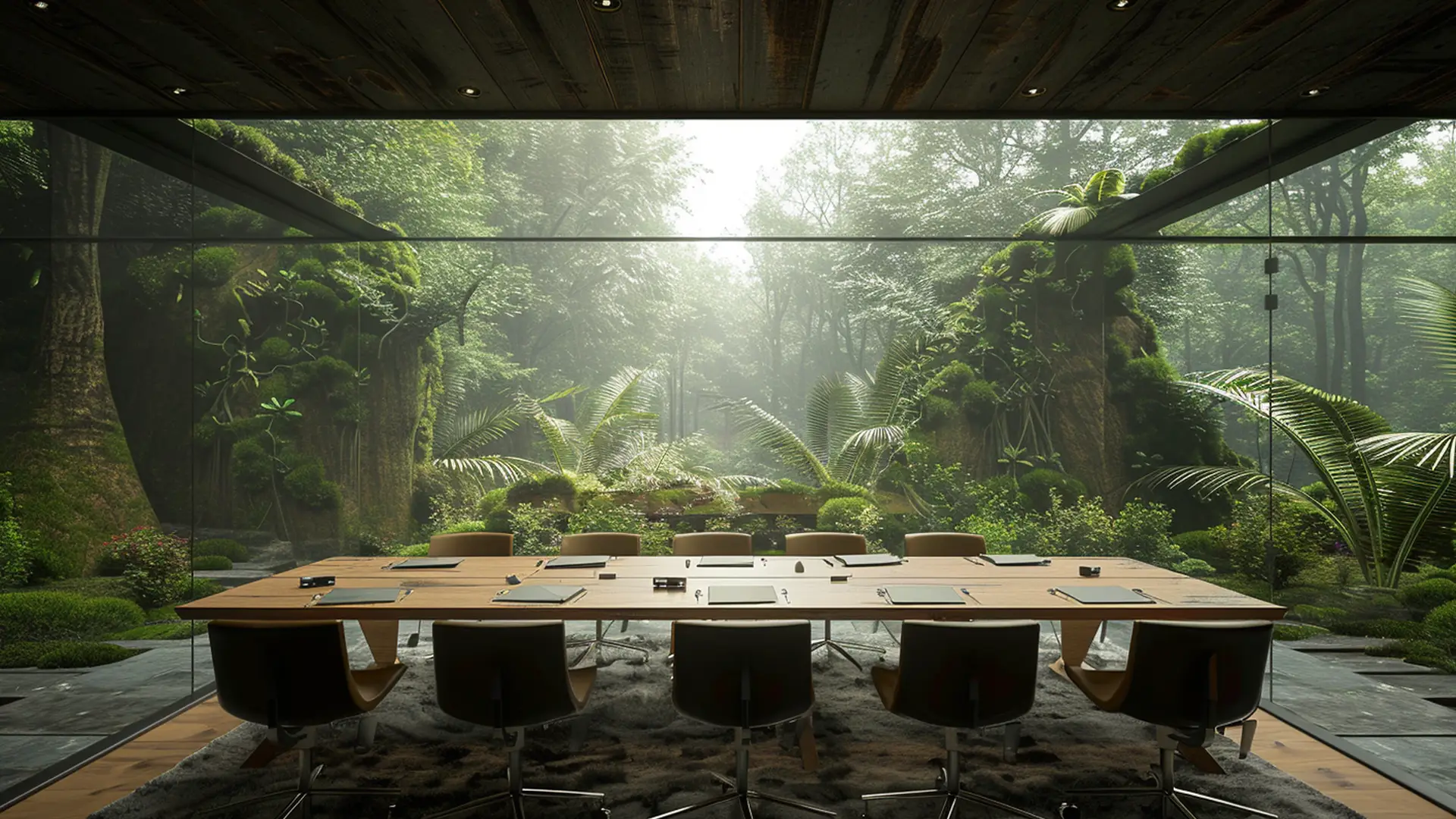Key Takeaways
- Some challenges of leading a remote team include the loss of chance interactions, collaboration difficulties with asynchronous schedules, difficulty in monitoring productivity, and burnout from too many meetings and video calls.
- Solutions include promoting casual interactions through online communication tools, creating new rituals for remote work, communicating openly about scheduling challenges, turning off notifications, using technology to monitor activity, and being responsible in video and in-person meetings.
- With an intentional approach to keeping the best of the old and embracing the new, design leaders can craft processes, systems, and workflows that foster collaboration, increase engagement, and yield more productive, happy teams.
Listen: Don't ignore the side effects of remote work. Take action.
Near the end of this summer, while everyone was interested in finding the “New Normal,” our Chicago InsideOut Design Leader Community had the brilliant idea of exploring the dark side of remote work. The side effects of remote work. Much has happened since then–and the New Normal remains a mystery–but their insights are too good not to share.
At this point, design teams are getting used to a virtual world, and most are interested in a future that includes a remote component and flexible work arrangements.
No one seems to agree on exactly what that looks like, but as long as asynchronous schedules are around, the unintended consequences of remote work are here to stay.
So let's take a look at some of the challenges of leading a virtual team and some possible solutions to overcome them.
Challenge #1: Loss of chance interactions and informal exchanges that build trust, relationships, and engagement.
In today's environment, senior design leaders fear losing a sense of culture and connection, something on which productive creative teams generally depend. Without a reason to connect, employees drift apart, and collaboration suffers. Though it's not easy to replicate a water cooler experience, there are ways to improve the odds of casual interactions.
- Use online communication tools to encourage informal connections with channels that promote non-work chat (#cool_stuff, #made_you_smile, #show_and_tell, #twinning).
- Create culture committees to build new rituals for the staff that fit a virtual setting, and look for ways to measure engagement (pulse surveys, etc.).
- Bring high-touch interactions and collaboration like design thinking exercises, sprints, and hackathons online using technology and virtual event best practices to create engaging experiences that drive participation.
Challenge #2: Asynchronous schedules make collaboration difficult, and work hours seem nonstop.
Working parents and caretakers experience constant disruption. Staff living alone crave purpose and distraction. Unique personal situations have led to flexible work arrangements that have extended standard business hours and brought employees to exhaustion. But there's hope. By creating standards and guarding time, leaders set the stage for balance.
- Communicate openly about scheduling challenges to help staff understand the why and set expectations for when staff should be available for one another.
- Use the “send later” function in email to keep correspondence within common working hours and create boundaries individuals can mimic.
- Turn off notifications — especially if the team is global, where communication could literally happen 24/7.
- Model the behavior for staff to follow; when they see leaders putting in endless hours, they assume they are expected to do so.
Challenge #3: It's hard to know when/if people are actually working when they are remote.
Being able to see staff at work in an office environment is certainly easier than wondering what they're doing at home. Add in constantly changing priorities and tight deadlines, and it's no wonder leaders are concerned about their employees putting in the time needed to hit deadlines. Leading with trust and creating visibility goes a long way to creating highly productive remote teams.
- Give people interesting problems and ample support, then focus on outcomes, not hours. Inspired staff want to contribute, and underperformance will show up in lack of output.
- Provide visibility to projects and workloads using technology that is accessible to everyone, and create all-hands checkpoints for accountability.
- If all else fails, measure time using technology to monitor activity, but be warned: this approach erodes trust and may not accurately measure productivity.
Challenge #4: Burnout. Zoom/video meeting fatigue, missing the “5-minute room change” breaks, and lack of time to get work done.
Another issue created by not being in person has been an increased volume of meetings. While the intent may have been to stay connected, the hours spent on screen decrease engagement and create unnecessary stress. A responsible approach to both video and meetings in general provides boundaries and maximizes focus time.
- Don't simply convert every formerly in-person meeting to a video call. Consider what's needed and ensure all meetings have a clear purpose and agenda.
- To reduce screen fatigue, start meetings on video for 5 minutes, then turn off cameras; during meetings, turn the camera on to talk, then off again.
- Schedule breaks and, when possible, recommend a standing desk to encourage movement during and between meetings.
- Use a tool like Microsoft's MyAnalytics to measure and automatically book focus time based on a personalized focus plan.
The Effects of Remote Work
There's no doubt that remote work has created opportunity; however, every upside has a downside that could outweigh its advantages. With an intentional approach to keeping the best of the old and embracing the new, design leaders can craft processes, systems, and workflows that foster collaboration, increase engagement, and yield even more productive, happy teams.
If you're a senior design, experience, or operations leader of an in-house team and want to connect to others who share your unique challenges, let's talk. Our InsideOut community hosts virtual roundtables to support the learning and growth of our members, and I'm honored to get to facilitate those discussions.
Latest.

How to fuel sustainability growth through collaboration.
Sustainability

Harnessing data for expert ESG and sustainability strategies.
Sustainability

Aquent’s unique solution to better sustainability for businesses.
Sustainability




